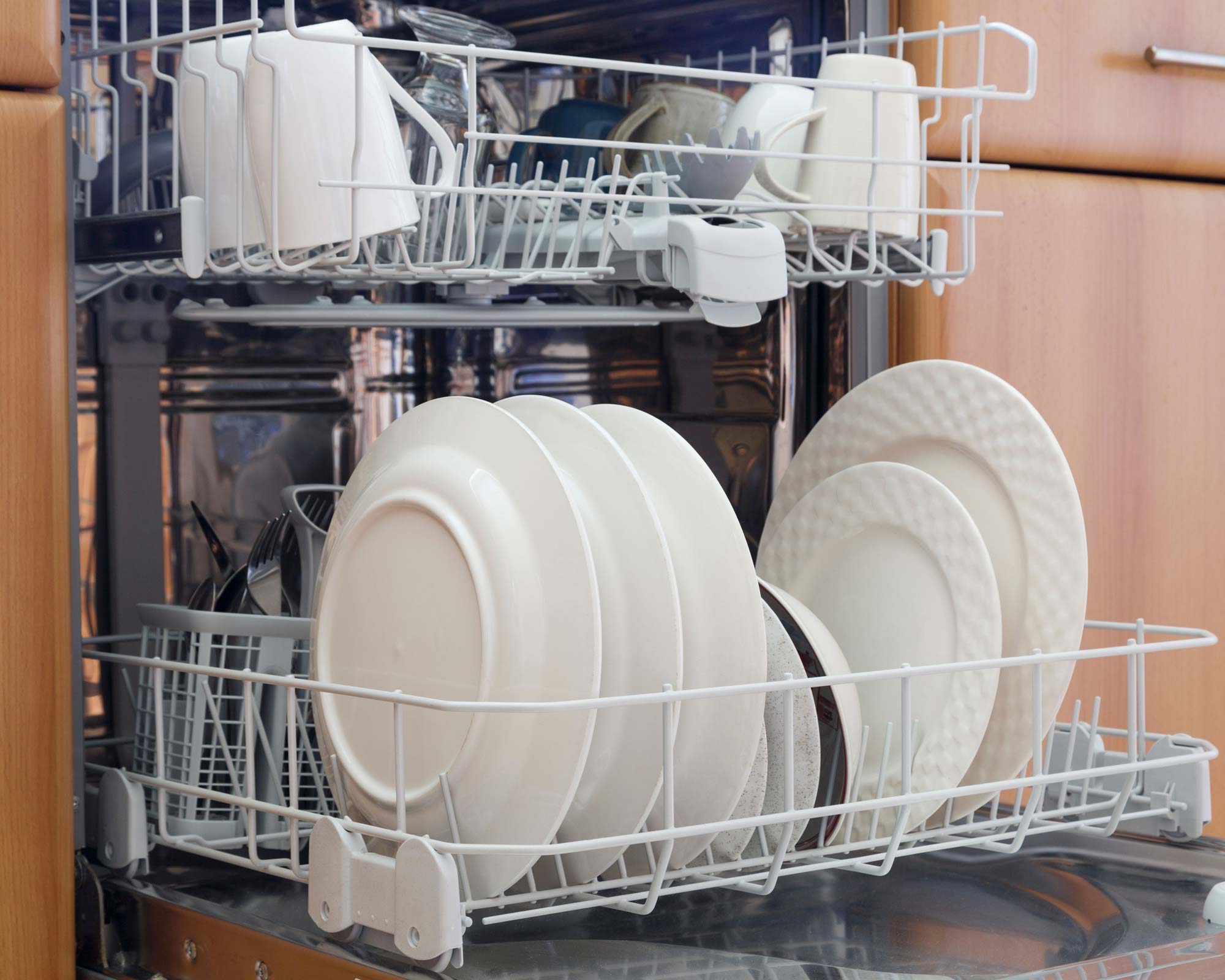

Starting a dishwasher filled with a full load of dirty dishes to find that it’s not filling with water is super annoying. Who wants to haul them all back out again to wash by hand? And what’s the problem with the dishwasher anyway?
The answer could be one of a number of issues ranging from the easy to fix – the door wasn’t shut properly – to the more technical.
To find out what the reason your dishwasher’s not filling with water might be, and whether and how you might fix it, we’ve put together a guide. We’ve asked the experts to weigh in with their advice as well to help you out.
Dishwasher not filling: causes and fixes
The fact that your dishwasher isn’t filling can be baffling as there are a number of possibilities to do with the plumbing but also electrical issues. Use our guide to understand what could be causing your headache.
1. The dishwasher door’s not properly shut
You checked this, right? But just in case we’ll include the possibility that the door isn’t completely closed among the reasons why the dishwasher is not filling with water. If the door isn’t shut properly, the dishwasher won’t operate. So double check the door is closed before moving on to other potential issues.
2. The door switch is faulty
If you checked to make sure the door was shut, but the dishwasher isn’t filling with water, the problem could be a faulty door switch. The on/off mechanism of the door switch ensures the dishwasher won’t fill when the door is open – for obvious reasons. But it can go wrong.
Checking the door switch requires a multimeter and knowhow about working with electricity, so you might want to call in a pro.
3. The water inlet valve is dirty or defective
A dishwasher’s water inlet valve ensures the appliance fills with the right amount of water. A faulty valve can prevent water from entering the machine, and the same can happen if it is clogged with debris. If you’re confident to do so, you could check the valve.
To inspect the dishwasher water inlet valve, it’s important to unplug the dishwasher and disconnect the water supply. You then need to find the valve (check the manual) and look for problems. ‘Check the filters on your valve to see if they are blocked or clogged with food residue,’ says home improvement expert Michael Dean of Pool Research. If that’s the case, clean out the debris without taking the valve apart.
If this doesn’t solve the problem and you are confident in working with electricity, you can then focus on the solenoids. Use a multimeter or ohmmeter to check the terminals. A reading of infinity means a faulty solenoid.
If this is the case, a new water inlet valve will be needed, but note that other faults are possible even if the solenoids pass the test. For further testing, call on a pro. As for replacement of a faulty value it is feasible to order a new water inlet valve and do this yourself, but getting in a professional will be preferable for many.
4. There’s a problem with the water supply
If the dishwasher is not filling, there may be an issue in the water supply line.
‘Examine the lines for kinks first,’ says Ray Brosnan, plumbing and property maintenance expert at Brosnan Property Solutions. Not the problem? ‘Have a look under your sink and examine your hot water valve, ensuring this is fully opened,’ Ray continues.
5. The float switch is malfunctioning
When the dishwasher fills a float rises until it gets to a set level. At this point the float switch shuts off the water at the inlet valve so the appliance doesn’t overfill. If the float switch becomes defective, the dishwasher might not be filling.
To check a float switch, it’s necessary to test it with a multimeter, which we’d advise is generally a job for a professional.
6. The drain solenoid is broken
The drain valve of a dishwasher works with a solenoid which, if it becomes faulty, can stop the drain valve working correctly with the result that the dishwasher doesn’t fill with water.
Checking a dishwasher drain solenoid is generally a job for a pro and a faulty solenoid will need replacement.
How do I know if my dishwasher water inlet valve is bad?
A dishwasher water inlet valve can cause a variety of problems with the appliance. ‘The signs that your inlet valve is bad include the dishwasher filling with water when it’s not running, not filling all the way when it is running, or not filling at all,’ says Melanie Musson, a home appliance expert with Expert Insurance Reviews.
Got a leak? ‘An inlet valve issue may also cause leaks outside of the dishwasher, which requires immediate attention,’ says Zac Houghton, CEO at Loftera.
How much does it cost to replace a dishwasher water inlet valve?
Replacing a dishwasher inlet valve costs an average of between $75 and $150, according to Fixr.
In the UK, the average call-out cost for dishwasher repair is around £85, according to Checkatrade. The replacement valve can vary in cost from around £10 to £75 which would be added to your bill along with further time taken on the repair as required after the initial call-out.
What causes water inlet valve failure?
‘The inlet valve stops working when the electrical components stop functioning correctly,’ says Melanie Musson.
Often, the solenoids in the water inlet valve fail. If you are confident, you can check them. After disconnecting both power and water to the dishwasher attach an ohmmeter or multimeter to the terminals. A reading of infinity means a solenoid has failed.
Join our newsletter
Get small space home decor ideas, celeb inspiration, DIY tips and more, straight to your inbox!

Sarah is a freelance journalist and editor writing for websites, national newspapers, and magazines. She’s spent most of her journalistic career specialising in homes – long enough to see fridges become smart, decorating fashions embrace both minimalism and maximalism, and interiors that blur the indoor/outdoor link become a must-have. She loves testing the latest home appliances, revealing the trends in furnishings and fittings for every room, and investigating the benefits, costs and practicalities of home improvement. It's no big surprise that she likes to put what she writes about into practice, and is a serial house revamper. For Realhomes.com, Sarah reviews coffee machines and vacuum cleaners, taking them through their paces at home to give us an honest, real life review and comparison of every model.
-
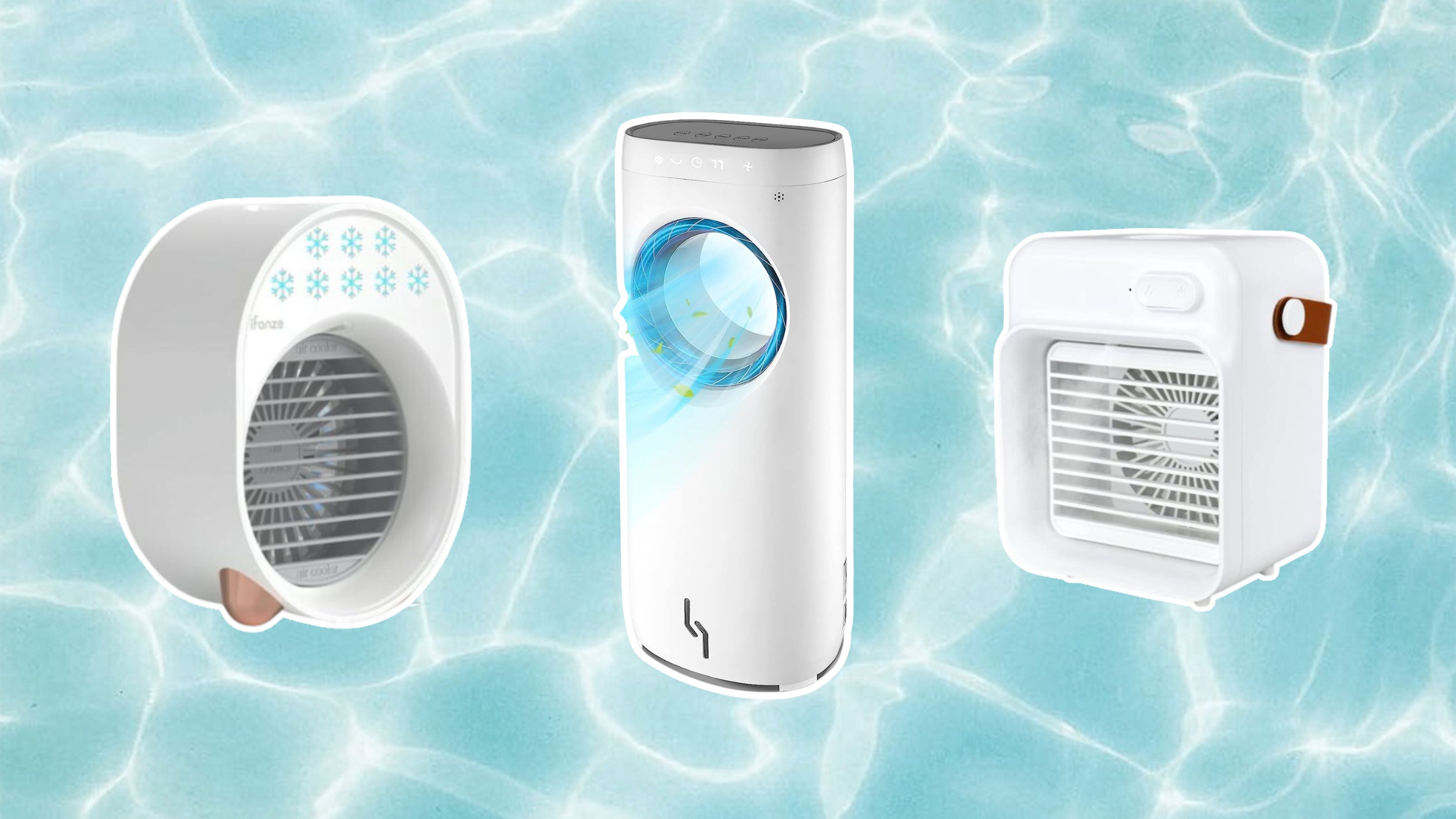 Keep your cool this summer with these portable air conditioners — highly rated by shoppers
Keep your cool this summer with these portable air conditioners — highly rated by shoppersIt's easy for little spaces to overheat, so we've picked out the best air conditioners for small rooms and dorms
By Joseph Bobowicz Last updated
-
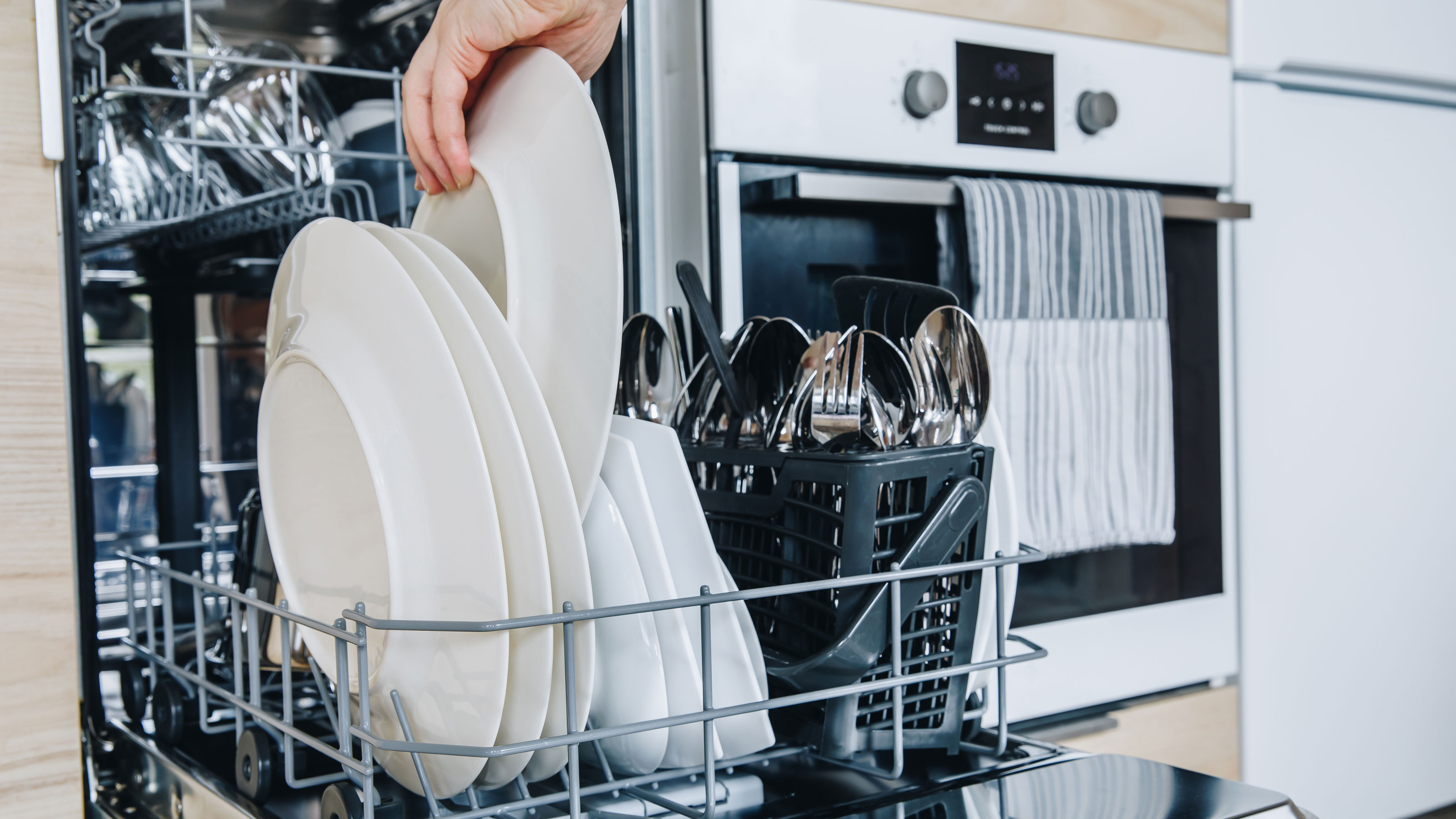 Dishwasher not drying? Here are 8 possible reasons why and how to fix it
Dishwasher not drying? Here are 8 possible reasons why and how to fix itPlates and saucepans clean but still wet? Here’s what to do when the dishwasher’s not drying.
By Sarah Warwick Published
-
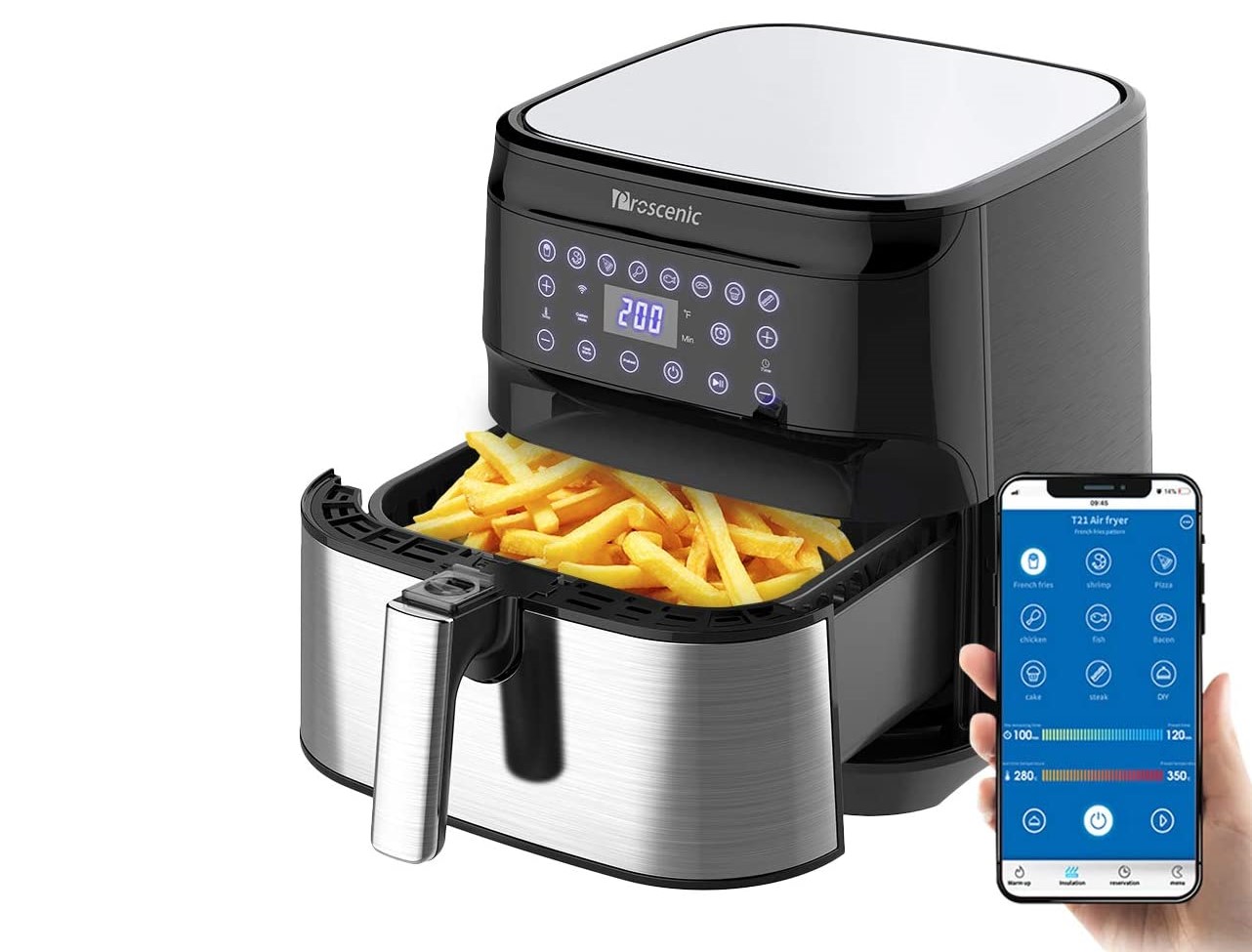 Proscenic T21 Smart Air Fryer review
Proscenic T21 Smart Air Fryer reviewThe Proscenic T21 Smart Air Fryer is a perfectly capable air fryer, but it is an expensive option for those who aren’t tech-savvy.
By Millie Fender Last updated
-
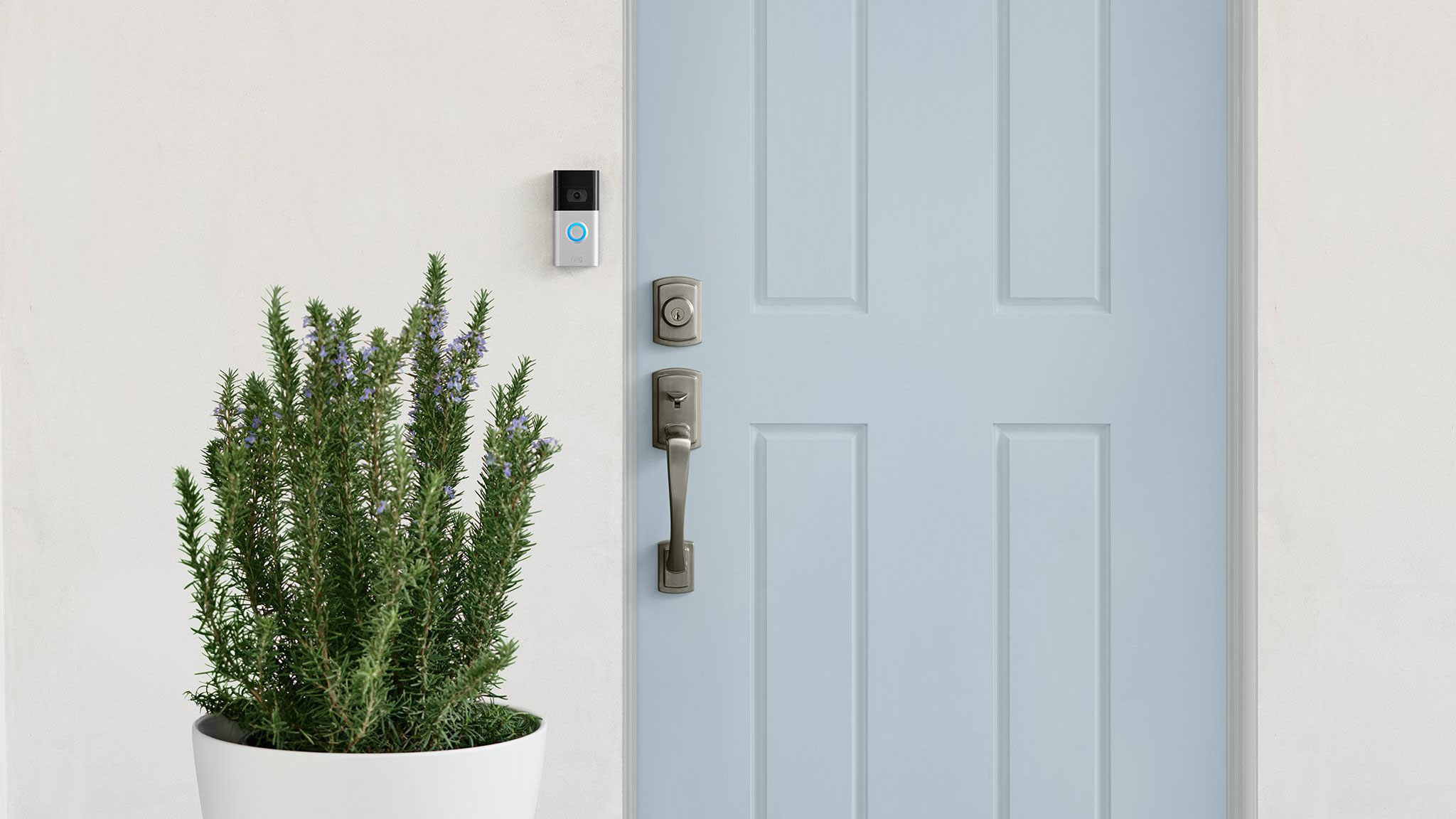 Best smart home tech: 5 top buys for every home
Best smart home tech: 5 top buys for every homeCompare our favourite smart home tech buys from smart video doorbells to cameras and even thermostats, in our expert guide
By James Peckham Published
-
 Like cheap appliances? Here's 5 you should never buy
Like cheap appliances? Here's 5 you should never buyIf you like getting your money's worth then here are five cheap appliances worth avoiding, and where you can get the best from
By Jennifer Oksien Published
-
 MeacoFan 1056 Pedestal Fan review
MeacoFan 1056 Pedestal Fan reviewWe put Meaco's first pedestal fan, the MeacoFan 1056 Pedestal, to the test in an overheating home during a mini heatwave. See if it helped us keep our cool
By Lindsey Davis Published
-
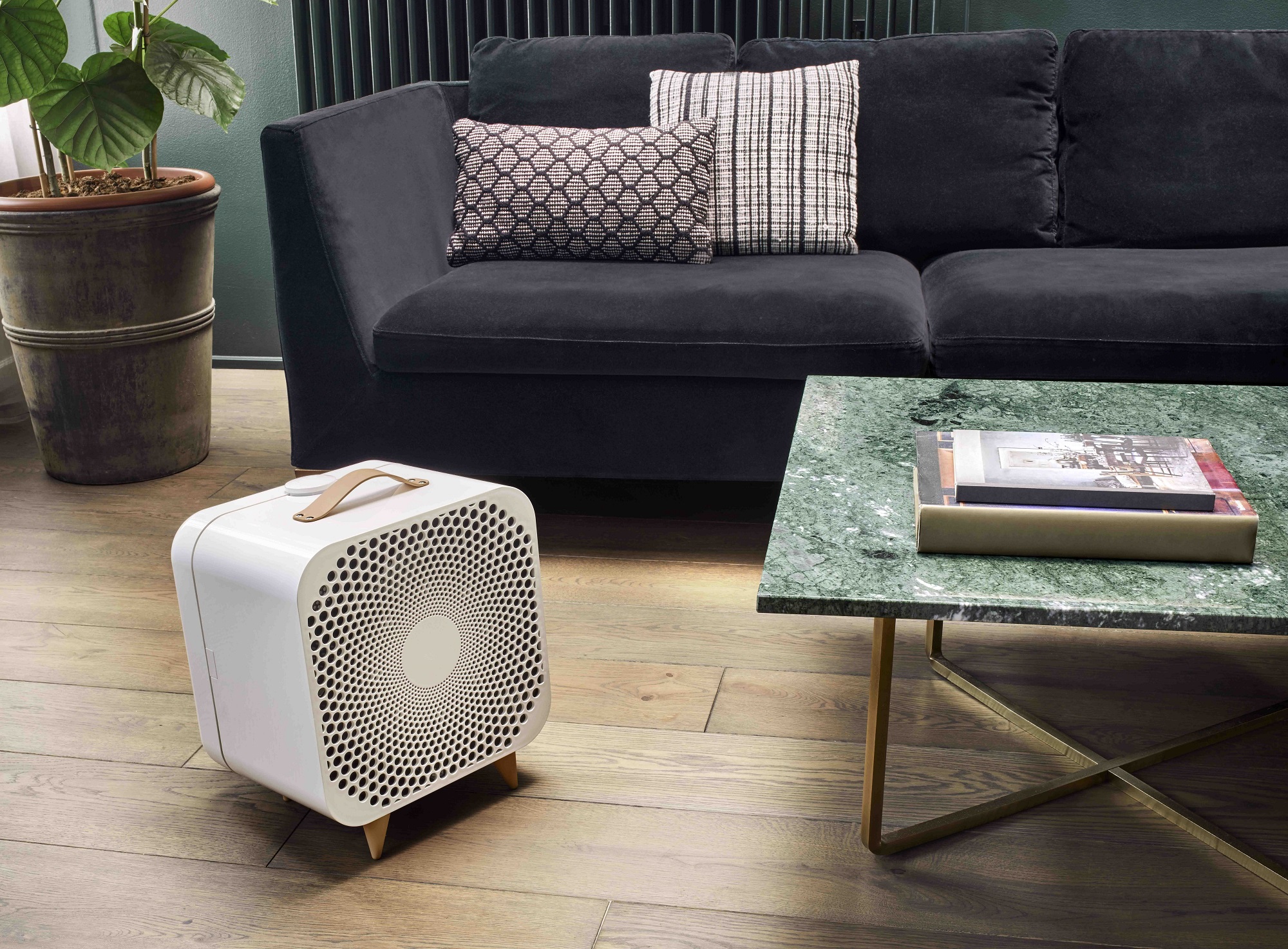 Blueair Blue Pure Fan review
Blueair Blue Pure Fan reviewThis is more than a fan, the Blueair Blue Pure Fan is also an air purifier. We reviewed it at home...
By Camille Dubuis-Welch Last updated
-
 Aldi has a retro pedestal fan available to pre-order – and it's a bargain
Aldi has a retro pedestal fan available to pre-order – and it's a bargainGet this pedestal fan in your life for just £32.99 from Aldi. Hurry, while stocks last...
By Jennifer Oksien Published